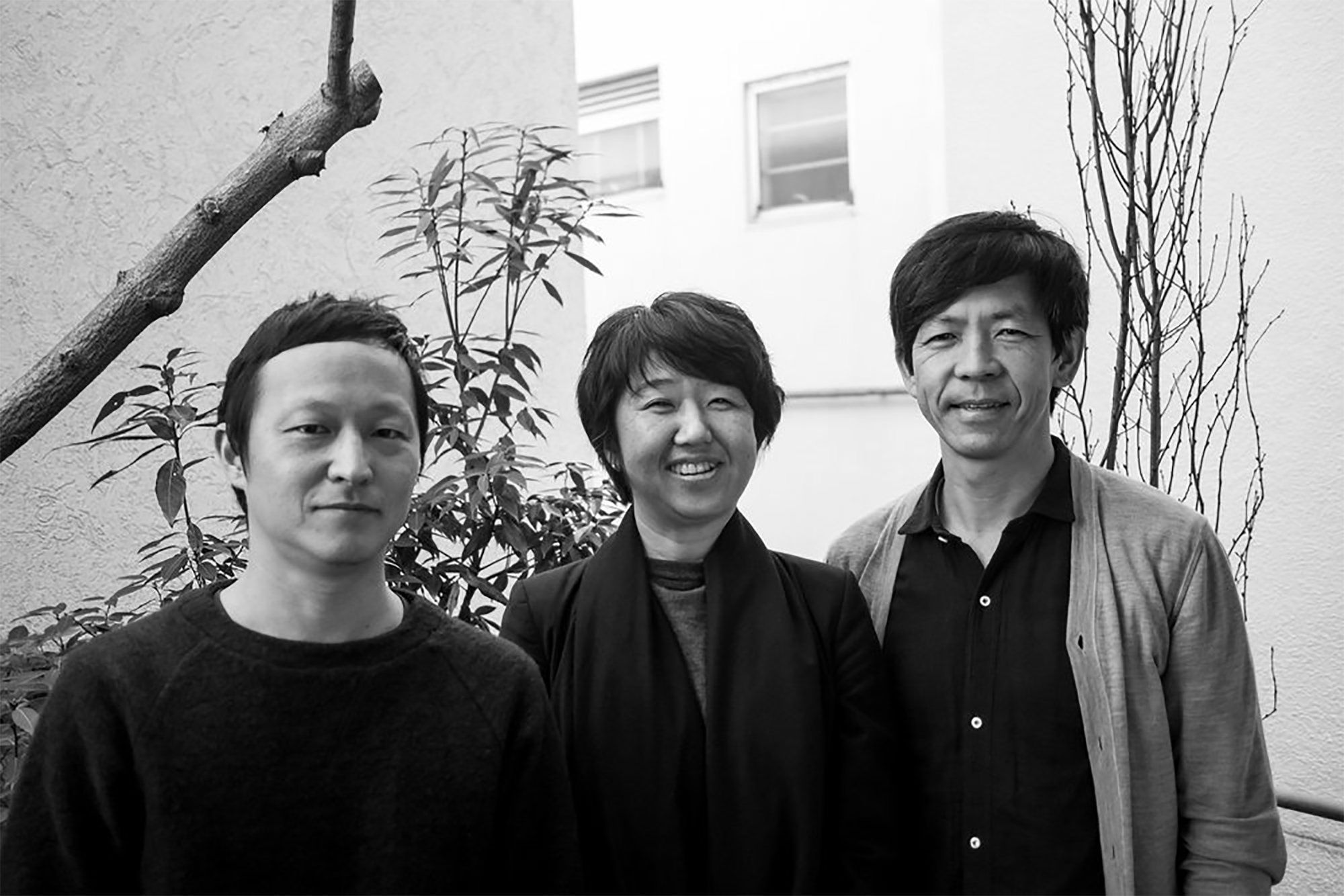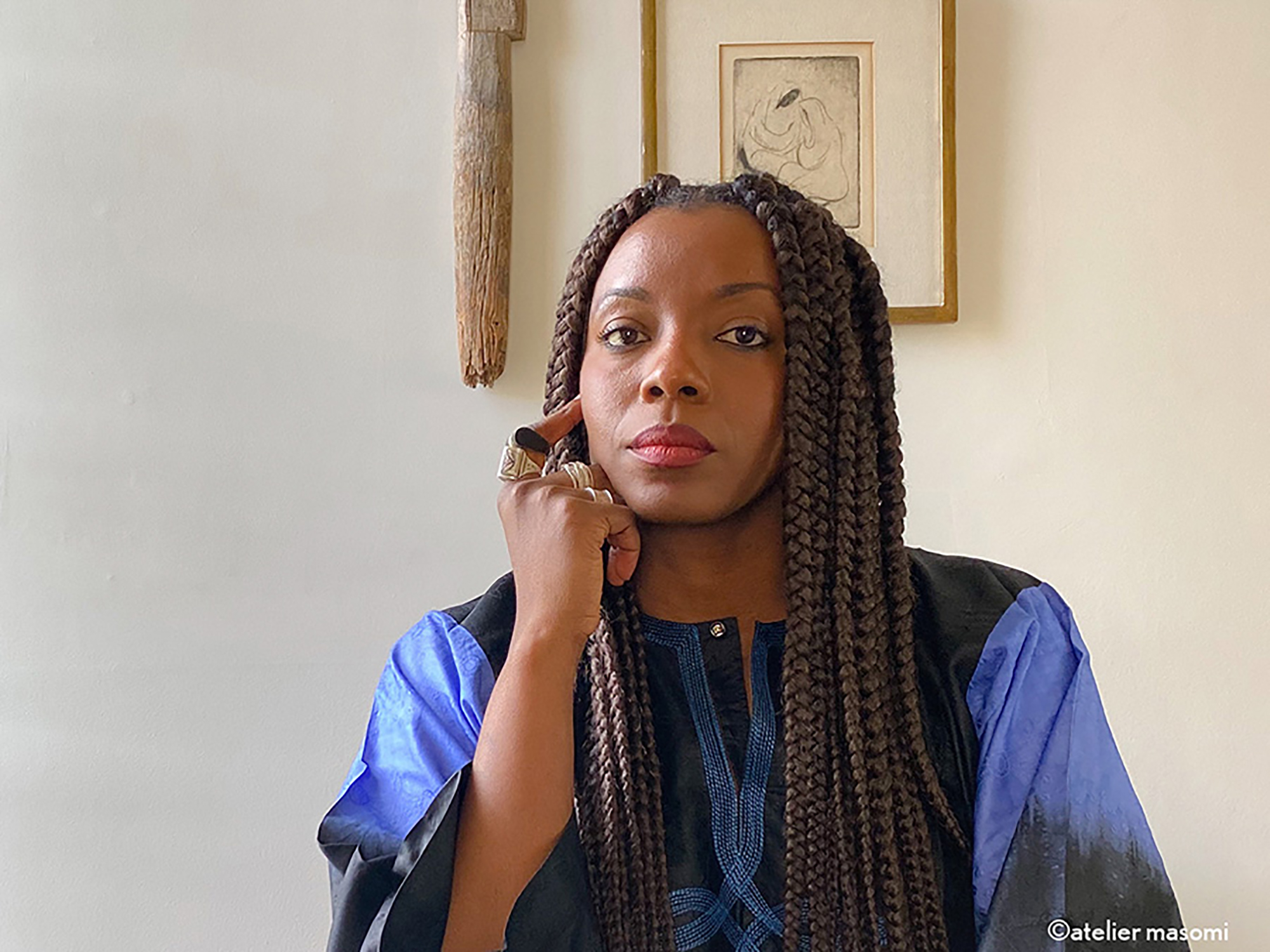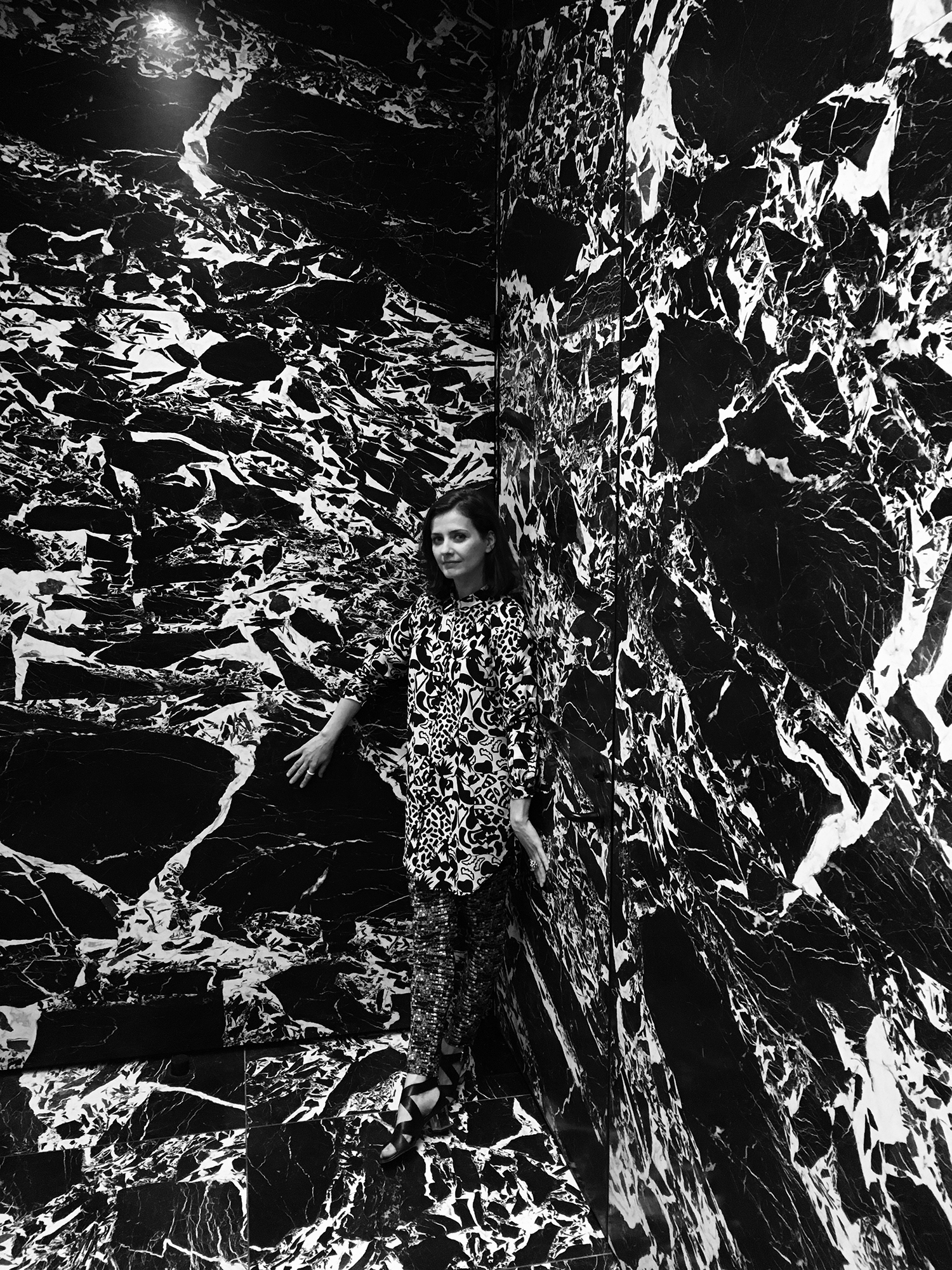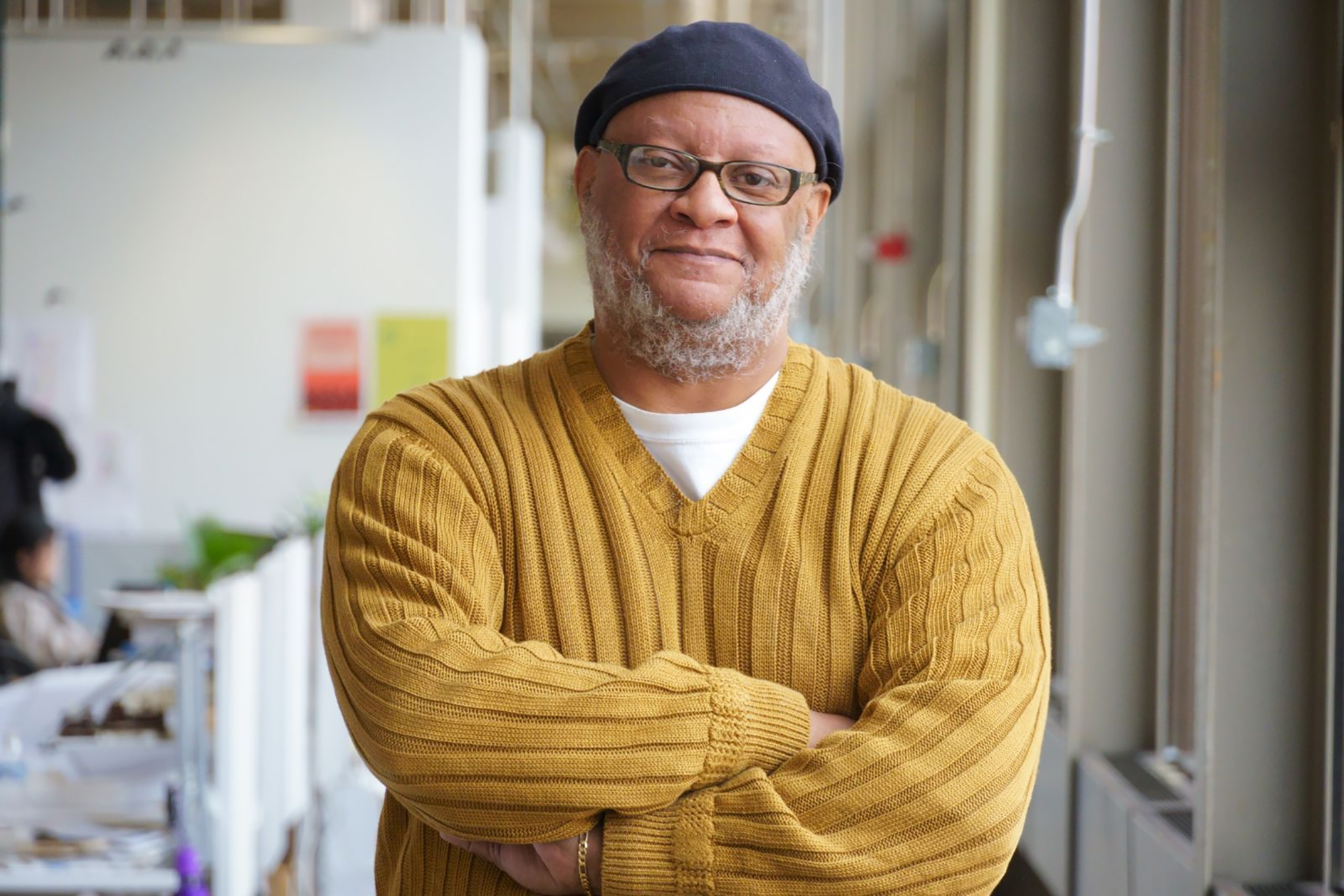the 2021 fourth edition of the chicago architecture bienniel kicks off 17 september organized in an entirely new format from previous years. all earlier editions were held at the chicago cultural center, an architectural masterpiece in itself, filling all three floors and greeting over 500,000 visitors in 2019.
because of the pandemic which affected long-established global venues, such as the venice architecture biennale, whose dates were put off twice — first, from may to august 2020, then to may 2021, chicago’s events will offer content within a neighborhood-centric format throughout the city.
the 2021 chicago event, titled the available city, builds on a chicago architecture professor’s long-term efforts to find creative uses for thousands of vacant city-owned lots. it will ask us to ponder how shared spaces, like community playgrounds, affect cities’ quality of life.
the biennial’s theme dovetails with mayor lori lightfoot’s $750 million “invest south/west” program to boost investment in struggling neighborhoods on the city’s south and west sides.
the mayor said in a news release, she was “thrilled” that the biennial “will be focused and grounded in our neighborhoods that can benefit from it the most.”
david brown, the 2021 chicago architecture biennial artistic director, is a professor at the university of illinois at chicago. brown participated in the inaugural 2015 biennial with an exhibition, also called the available city, which explored how 15,000 city-owned vacant lots could be transformed into usable public spaces rather than conventional reuses like urban farms.
![]()
above > david brown
since then, brown has worked with community-based organizations, connecting them with architects and designers to develop plans to turn individual lots or combinations of lots into small parks, plazas and buildings of various sizes.
this time around, the available city includes 15 site-specific architectural installations: located on public and private lots located in chicago’s neighborhoods of north lawndale, bronzeville, woodlawn, englewood, pilsen, and the south loop. there are also two exhibition-based explorations located in an unused storefront space in bronzeville and at the graham foundation.
the host again is the graham foundation. and rather than starting from the ground up, the 2021 biennial will expand on brown’s work.
“that’s one of the reasons we’re really confident we can do this,” said sarah herda, the co-artistic director of the 2015 biennial and a member of the organization’s board. “we feel like it’s really a good moment” to reunite with brown and take his research forward, she said.
the biennial to date has featured models, drawings, installations and other work by more than 350 architects, designers and artists from more than 40 nations.
stressing that the 2021 biennial will seek to retain that international flavor, herda said the event might display projects from around the world that deal with issues like those brown has explored in his research.
out-of-town architects might communicate with chicago community groups via zoom or other online forums, she said.
the biennial’s first event will be an online conversation between brown and california landscape architect walter hood, winner of a macarthur foundation “genius” grant, who participated in the 2019 biennial.
as in previous years, the nonprofit organization that runs the biennial will present the event in cooperation with the chicago department of cultural affairs and special events.
the biennial becomes the second chicago architecture organization to shift from indoor activity to outdoor events and online platforms in response to the pandemic. the chicago architecture center presents it’s annual open house chicago, which normally gives participants access to the interiors of chicago buildings, is presenting outdoor and online tours.
[ contributors ]
ana miljački – critical broadcasting lab at mit (boston);
ania jaworska (chicago);
atelier bow-wow (tokyo);
borderless studio (chicago);
central park theater restoration committee (chicago);
christophe hutinx architecture (bordeaux);
counterspace (johannesburg + republic of london + united kingdom)
craig wilkins (detroit);
departamento del distrito (mexico city);
drawing architecture studio (beijing);
el cielo (mexico city);
elleza kelly (new haven + new york);
englewood nature trail (chicago);
enlace arquitectura + ciudad laboratorio (caracas);
fala (porto);
gensler (stone soup group) (los angeles + chicago);
hood design studio (oakland);
in care of black women (chicago);
jill desimini (cambridge);
jovanna jackson (chicago);
maite borjabad lopex-pastor (chicago + madrid);
manuel hertz architecture (basel);
matri-archi(tecture) (basel + cape town);
michelle joan wilkinson (washington dc);
open architecture + under the grid (chicago);
outpost office (columbus);
port (chicago + philadelphia);
projecthood (chicago);
rayna rezmilic (santiago);
riff studio (new york city);
sekou cooke studio (charlotte);
shau (bendung);
soil lab (copenhagen + dublin);
sonja henderson and alphonso nieves (chicago);
stefan gruber (pittsburg);
studioapt (ann arbor);
studio barnes with shawhin roudbari and mas context (miami);
studio ossidiana (rotterdam + venice);
the bittertang farm (chicago + bainbridge island);
the open workshop (san francisco + toronto);
urban american city (new york city).
![]()
contributor/tokyo atelier bow wow
![]()
contributor/niger mariam kamara/a>
![]()
contributor/chicago ania jaworska
![]()
contributor/detroit craig wilkins
the graham foundation is pleased to present the available city, part of the fourth edition of the chicago architecture biennial (cab). this edition marks a new approach to the biennial model, bridging the traditional exhibition format to a deeper engagement with the community to expand access and impact. offering opportunities to discover installations, exhibitions, and programs that explore transformative possibilities for vacant spaces in communities worldwide.
visit the [ chicago architecture biennial ] to explore more about the biennial, what is on view throughout the city, and upcoming programs and events. look for DesignApplause to spell out these events in weekly separate articles.
[ upcoming programming! ] #cab21 #chicagoarchitecturebiennial
this is a developing story…






























































































